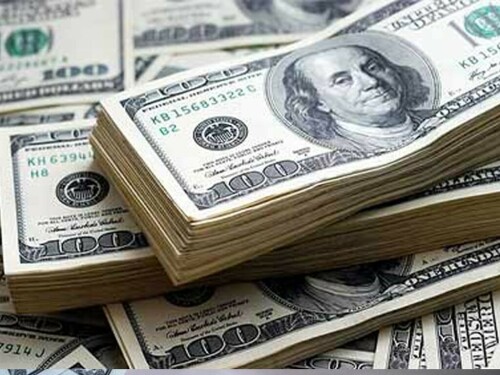Pakistani Rupee’s Slight Gain Against US Dollar
The Pakistani rupee experienced a marginal increase versus the US dollar, showing a 0.02% rise during Wednesday’s inter-bank trading session.
The local currency concluded the day at 280.97 against the dollar.
The rupee’s closing value on Tuesday was 281.02.
Global Market Influences
The US dollar remained stable internationally on Wednesday. However, it’s on track for its weakest monthly showing since November 2022. This is due to unpredictable US trade policies under the Trump administration, which have weakened the dollar while strengthening the euro, yen, and Swiss franc.
The White House has backtracked on tariffs initiated in early April, which had initially triggered a global stock market downturn and prompted investors to move away from the traditionally secure US dollar and Treasury bonds.
On Tuesday, President Trump signed directives aimed at easing the impact of auto tariffs. These include a blend of credits and exemptions from other material levies.
Trump’s trade team also highlighted a preliminary agreement with a foreign trade partner. US Treasury Secretary Scott Bessent mentioned progress in tariff discussions, anticipating agreements with India and South Korea.
These developments have partially reduced concerns among investors and businesses regarding the economic consequences of tariffs. There are indications that these duties could negatively affect growth and potentially increase inflation and unemployment.
Impact on Oil Prices
Oil prices saw a slight decline in early Asian trading on Wednesday. This was attributed to concerns about the impact of President Trump’s fluctuating tariff policies on global economic growth and fuel demand.
Brent crude futures decreased by 17 cents, or 0.26%, reaching $64.08 per barrel by 0015 GMT. U.S. West Texas Intermediate crude futures fell by 12 cents, or 0.2%, to $60.3 a barrel.
Both benchmarks reached their lowest settlement values since April 10 in the prior session.
A Reuters poll suggests that Trump’s tariffs on imports into the U.S. have raised the likelihood of a global recession this year.
China, facing the steepest tariffs, has responded with its own tariffs on U.S. imports, intensifying a trade conflict between the world’s two largest oil-consuming nations.



Comments (0)
No comments yet. Be the first to comment!
Leave a Comment